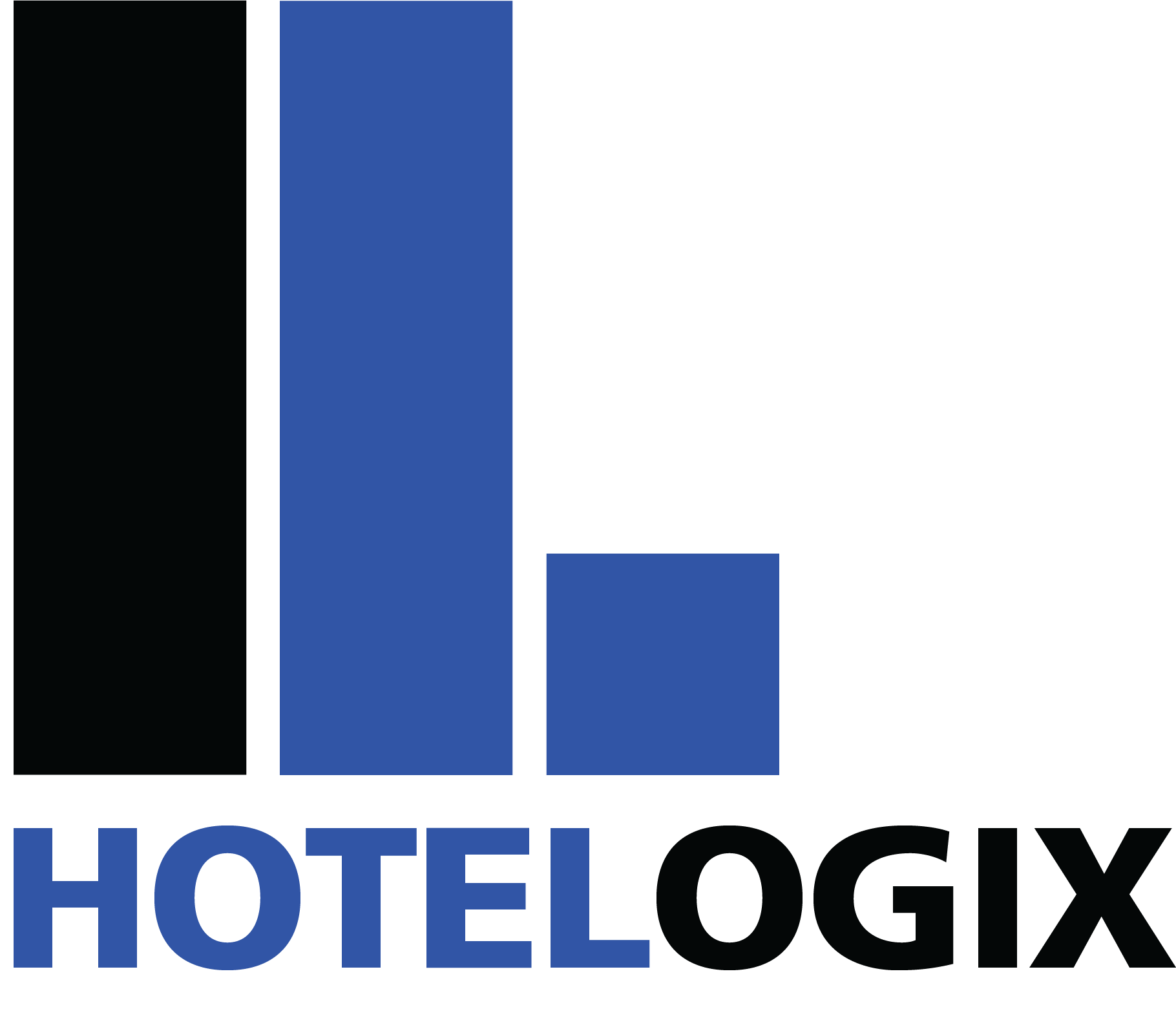A hotelier’s perception of his hotel can be strikingly different from that of guests’. This difference can be especially damaging if the hotelier’s perception of guest requirements is set far apart from what the guest actually needs.
It is essential that hotel owners and management constantly ask their guests for their feedback and interact with them during their stay to understand what works for the guests and what doesn’t.
Between 1983 to 1985 American authors, A. Parasuraman, Valerie A. Zeithami and Len Berry came up with SERVQUAL, a scale for measuring service quality. Through the survey they realised that 5 gaps can exist between managements and their customers. We have seen how the gaps can affect the hospitality industry too
1. The Knowledge Gap
The Gap between what the guest actually expects as compared to what the management presumes that the guests expects. Hotel management needs to understand what guests are expecting from them in order to live up to their quality standards.
2. The Standards Gap
Difference between hotelier’s perceptions of customer expectations and the quality of service it gets translated to. A management may know the standards their guests expect but may be unable to deliver it due to poor management or inability to deliver.
3. The Delivery Gap
Difference between service quality specifications and the service actually delivered, a management may have set standards on how certain services should be executed but the staff may be unable to consistently deliver those standards.
4. The Communications Gap
This is the difference between how the service is supposed to be delivered and what gets communicated to the guests. Guests may have read marketing collateral about the hotel and their services expecting something extremely premium but feel let down when they actually come to the hotel.
5. Expected Service Vs. Perceived Service
A Combination of all the above gaps leads to this final one.
The best method in which hotels can bridge the gaps is by constantly communicating with their guests. Guests should ask for feedback on how the service has been delivered, interact with their guests to know what they expect and review with their staff on whether standards have been met with.
Hoteliers should just know the right time to ask for feedback. Guests may not always write negative feedback if they know that the manager is standing in front of them and waiting for their comments. Have a feedback form in the room and also interact with the guests as they experience the different facilities of the hotel.
Never oversell the property in the marketing collateral. Don’t promise services and facilities which the hotel is unable to provide just so that the hotel looks good on paper. Lower expectations with a great delivery of service would be much better appreciated rather than high expectations with a mediocre experience.
Many hotels now a days do internal audits where the managers stay at the property and use the various facilities as if they were a guest. This is a great way to review the different departments of the hotel from the view of the guest, though keep in mind the staff do know that they are being reviewed so that they shall always be on their ‘A’ game. Another option is to hire a firm to do mystery audits of the hotel and its facilities.
Bridging the gap is not very difficult, hoteliers just need to ensure that their communication lines are open; their delivery standards are clear and not ambiguous and they know what their guests would be expecting.



